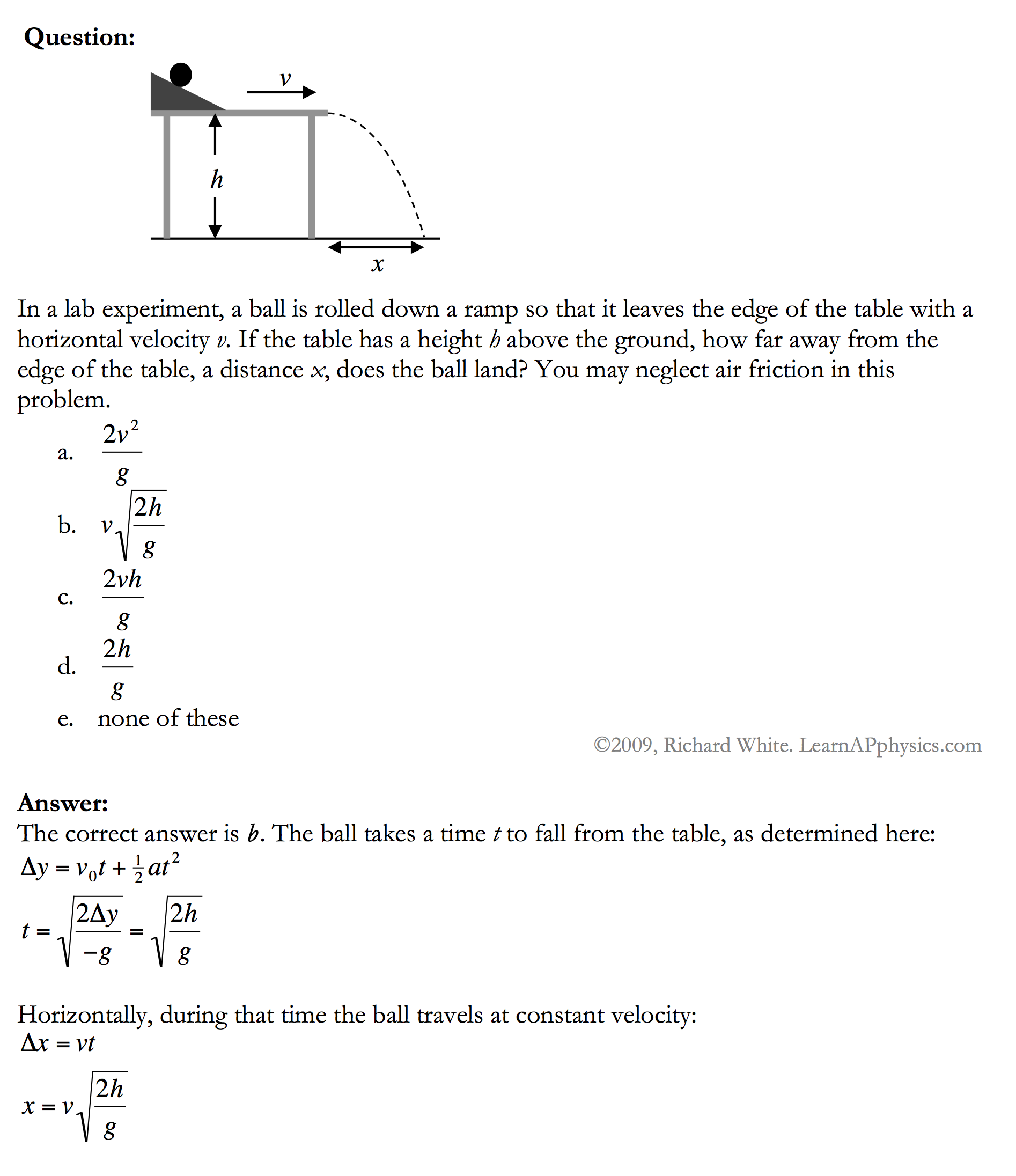

This distance is greater than the distance of the boundary line. Now, let’s look at two examples of problems involving projectile motion. The horizontal distance travelled by the cricket ball Here we use kinematic equations and modify with initial conditions to generate a toolbox of equations with which to solve a classic three-part projectile motion problem. As we have already seen, the range (horizontal distance) of the projectile motion is given by The motion of the cricket ball in air is essentially a projectile motion. Problem-Solving Strategy for Newtons Laws of Motion. This is an important topic for the JEE Main exam. The branch of physics that deals with motion with respect to space and time without considering the cause of that motion, is known as kinematics. The boundary line of the cricket ground is located at a distance of 75 m from the batsman? Will the ball go for a six? (Neglect the air resistance and take acceleration due to gravity g = 10 m s -2). 29 (a) We analyze two-dimensional projectile motion by breaking it into two. Students can find the solutions of the Problems In General Physics I.E. Two Dimensional Kinematics Challenge Problem Solutions Problem 1: Suppose a. In the cricket game, a batsman strikes the ball such that it moves with the speed 30 m s -1 at an angle 30 o with the horizontal as shown in the figure. Projectile Motion Problems (Physics 1 Exam Solution) - Phyzzle. The range attained on the Moon is approximately six times that on Earth. If the same object is thrown in the Moon, the range will increase because in the Moon, the acceleration due to gravity is smaller than g on Earth, (see Chapter 2 of their book Cooperative Group Problem. In projectile motion, the range of particle is given by, Kinematics: Motion in 2- Dimensions and 3-Dimensions Relative motion 1.

Suppose an object is thrown with initial speed 10 m s -1 at an angle π /4 with the horizontal, what is the range covered? Suppose the same object is thrown similarly in the Moon, will there be any change in the range? If yes, what is the change? (The acceleration due to gravity in the Moon g moon = 1/6 g) Solution Solved Example Problems for Projectile Motion


 0 kommentar(er)
0 kommentar(er)
